Article written by Julio Juarez | 3DBrushwork.com
Red Creek bedrock close-up
Applying flood fill to generate randomized color masks
Using histogram select on flood fill to isolate rock clusters
Natural color variation using rock cluster masks
Red Creek bedrock: a study in natural color variation
Precise edge selections for layered materials
Example of stretched details on edges
Edge selection mask for safe detail placement in Tile Sampler
Node setup for grunge mask randomization
Grunge mask added to the material
Reference photo study of hue variation
Random colors for realistic variation
Color variation applied to the material
Red Creek bedrock material
Using curve nodes to shape gradients
Marble tile edge sculpted with curve nodes
Marble tiles' beauty render with randomly rotated stains
Node setup for random rotations
Node setup for creating realistic fur and vines
Realistic vines render using the simple node setup
Rust vine cliffside material
Procedural fly material and final render
Node setup for the thorax and eyes
Spline setup for procedural fly legs
Wing creation using a skewed pyramid shape
Smudged marble stains
Combined marble stain layers
Node setup for smudged effects
Sun Dot marble material

